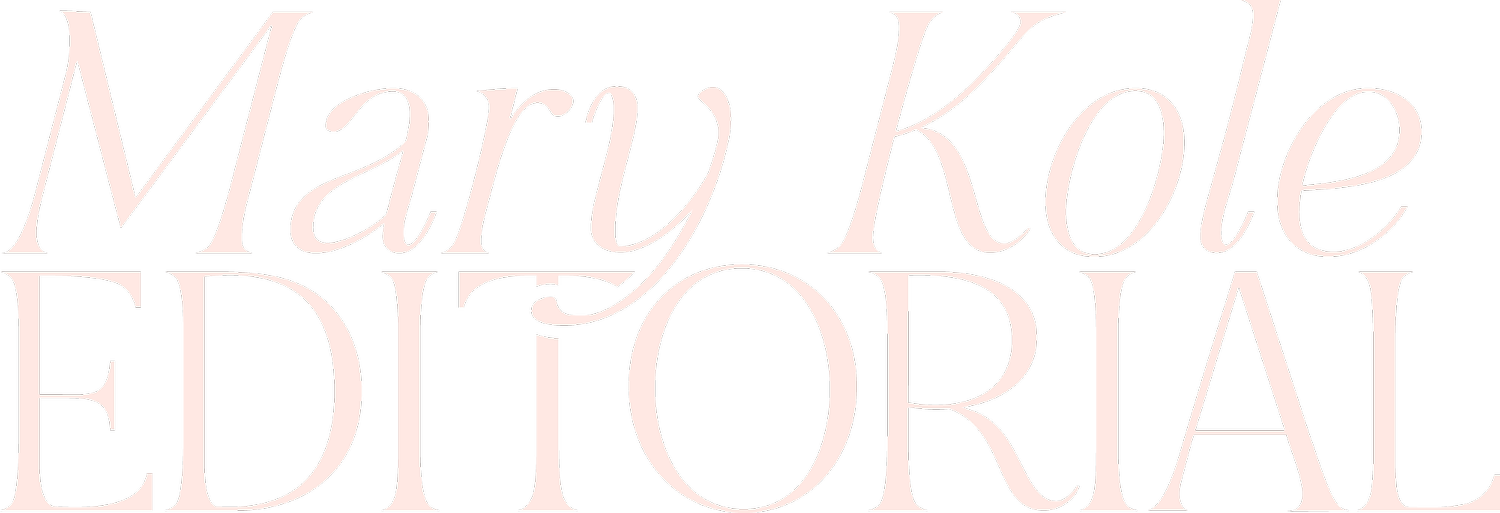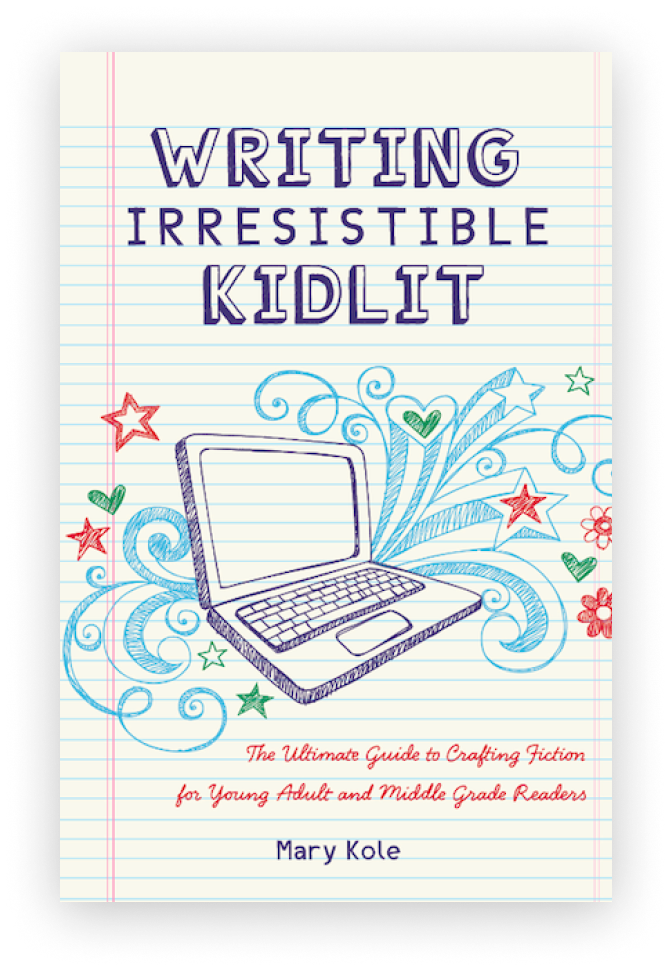The Benefits of Crafting
a Story Outline
By Mary Kole
Mary Kole is a former literary agent, freelance editor, writing teacher, author of Writing Irresistible Kidlit, and IP developer for major publishers, with over a decade in the publishing industry.
Whether you’re writing a novel or creative nonfiction, having a story outline in place is one of the most important investments you can make in your manuscript-writing journey. Writing without a story outline can lead to confusion and missed points that could have made your story much stronger—and saved you months or years of revision. A well-developed story outline will be your road map as you write, ensuring that all the elements of your story are working to their maximum potential, and that they’re presented in an organized and logical way.
The Benefits of Crafting a Story Outline
The main benefit of creating a story outline before you start writing is that having your entire story thought out ahead of time allows you to sit down and draft efficiently. That’s because you will already know what needs to happen in each section, chapter, and scene. Think the project through first, write a story outline, and then commit it to paper. This makes all the sense in the world—and I’ve only become more convinced of the benefits of a story outline after more than a decade in the publishing business.
A story outline also allows you to get creative with your project’s structure (s there are so many plot and narrative choices available to writers these days) and make sure that each element contributes to the project. An effective story outline should include:
The protagonist, their objective, and motivations;
The same for the antagonist, so you can get a juicy protagonist vs. antagonist plot going;
The setting, as well as any relevant worldbuilding details (especially if you’re writing fantasy, science fiction, or historical);
A sense of your story arc, with anchors at the beginning, middle, and end (though I argue that there are six anchors that every writer should know to craft a story outline;
Some other key events/scenes that need to be included;
Questions/concerns about character development or plot points that still need answers, so that you can think about your story in a more organized way.
By breaking down key elements into such granular detail, you can make sure that there’s enough “there” there in your story. It can also help clarify how all these small parts fit together into one cohesive whole.
(It’s important to note that a story outline works for novel, memoir, autobiography, and some nonfiction as well. Any longform narrative-driven story that requires a sense of structure or organization … which, to me, is any story.)
Creating Your Story Outline
Now that we know why outlines are so important for optimizing the creative writing process, let’s break it down further. First off, it’s important to be patient in the outline phase. Take the time to get familiar with your topic, universal theme, and what you want to say with your story, so you can effectively plan out the entire work before diving into it head first.
Once you have done this thinking phase, it’s time to start sketching your ideas out or expanding your outline. For example, if you’re using fifteen beats according to Save the Cat Writes a Novel, for example, you’ll want to think of the contents of every chapter and scene. Some writers even divide their story into beats—or the smallest units of action that a character can take.
Use your initial notes as fodder to create a more comprehensive story outline using whatever format works best for you. I often work with outlines for my own projects, and on client projects, that’s just a list of bullet points.
Finally, once everything has been entered into your chosen story outline format, go through each point again making sure there aren't any gaps or inconsistencies. If you see a blind spot, wobbly logic (especially emotional logic for big decisions that your characters make), or unanswered questions (especially to do with worldbuilding and magic systems). You’ll want to address these points sooner rather than later, to be even more confident in your writing.
Working with Your Story Outline During The Drafting Processes
Once you’ve created your story outline, refer to it during drafting processes instead of trying to recreate the details of your story from memory. Think of it like following breadcrumbs while walking through a dark forest—having these markers along the way will keep you focused on your destination. However, realize that an outline is a guide. You can still take little detours, change your mind, or add a creative flourish if something unexpected comes to mind or you surprise yourself.
Don’t be afraid to deviate from your story outline if you want, but you’ll need to make sure that you have a logical reason for doing so that fits your story. If you realize that a big part of the story needs to change … go back to the story outline! Work your ideas out in a copy of your outline document first, rather than trying to do it in a 300-page draft.It’s a great idea to revisit your story outline document as you draft, but also as you edit, to make sure that what you intended matches what’s on the page.
By investing the time to craft an effective story outline before embarking on a novel or memoir project, writers are able to clearly understand their story before devoting months and years to creating a book project. The goal is to examine the purpose behind every aspect of your story. That way, by the time you sit down to write or revise, all of that hard logical story outline work is already behind you, and it’s smooth sailing ahead.
This post contains affiliate links.

Click here to purchase Writing Irresistible Kidlit, my book on fiction craft for MG and YA novels, out from Writer's Digest Books. This will show you my writing craft philosophy and give you lots of valuable advice, including tips for the novel revision process and self-editing. There are over 35 example novels cited and discussed throughout. It’s a valuable resource for any writer’s toolkit.
Click here to purchase Irresistible Query Letters, my book on query letters, including over forty examples with comprehensive notes on each one. There’s a ton of submission advice, best practices, and insider information in these pages, and you’ll really enjoy seeing what other writers are doing in the slush.
Click here to purchase Writing Interiority: Crafting Irresistible Characters, my book on interiority and character creation. Explore your protagonist’s thoughts, feelings, reactions and interpretations, expectations, and inner struggles to create a rich, immersive experience. This guide will empower you to create characters who live and breathe on the page, fostering an unbreakable bond with your audience.





